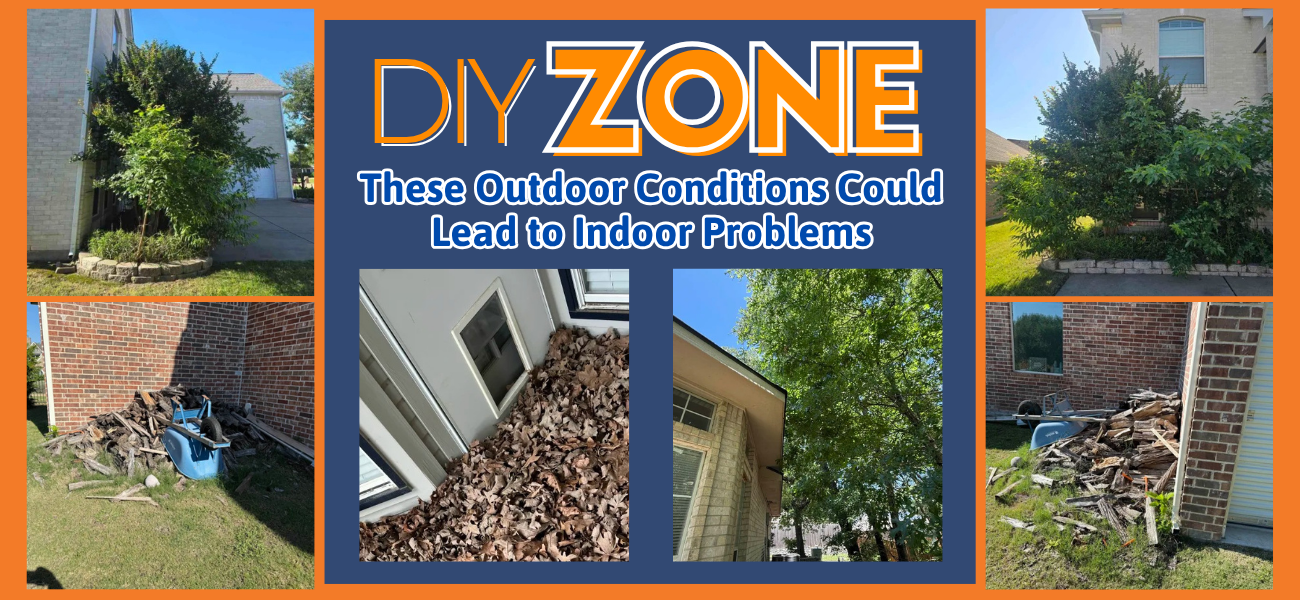DIY Zone: Yard Checklist That Might Be Attracting Wildlife
Rodents and wildlife aren’t just passing through. If they find the right setup, they’ll settle in and stick around. Squirrels, rats, mice, raccoons, and opossums are quick to take advantage of whatever your yard offers. If you’ve got food, water, shelter, or easy access to your home, you might be giving them a better offer than the outdoors.
Luckily, making a few changes around the yard can go a long way in keeping them out. Here’s a look at the most common yard conditions that attract unwanted wildlife, plus what to do about them.
Log piles and stacked debris
Wood piles and brush stacks make great hiding spots, especially if they’re sitting right up against the house. Rodents like to burrow underneath, and other pests, like snakes, often tag along.
What to do: Move stacks at least 20 feet away from the structure when possible. Elevate them off the ground and clear any clutter underneath. Check occasionally for signs of activity like droppings, nests, or tunneling.
Leaves building up near doors and walls
Piles of leaves hold moisture and warmth, making them ideal for nesting. They also hide gaps and cracks that rodents might use to sneak inside.
What to do: Rake and remove leaf piles regularly, especially near garage doors, vents, and the foundation. Pay attention to corners or shady spots that tend to get missed during yard work.
Tree branches touching the roof
If tree limbs hang over your roof, it’s an open invitation. Animals like squirrels and raccoons can easily use them to access your attic without ever stepping foot on the ground.
What to do: Trim all branches back so there’s at least a three-foot gap between the tree and your roof. Be sure to clear limbs near vents, chimneys, and gutters too.
Overgrown shrubs right up against the house
Thick bushes give rodents plenty of cover. If they’re brushing up against siding or foundation gaps, pests have an easy path to entry points that would otherwise be exposed.
What to do: Keep at least a foot of space between all shrubs and the exterior walls of your home. Trim them back often and avoid planting dense greenery directly against the house.
Book a Free Wildlife Inspection
Even if your yard looks fine at first glance, there may still be conditions attracting rodents or wildlife. Some issues are easy to miss unless you know what to look for.
Our inspectors will walk the property with you and point out anything that might be putting your home at risk. There’s no pressure to sign up for anything. We’re just here to help you stay ahead of the problem.
The Takeaway
Rodent and wildlife problems usually begin outside. Addressing those early warning signs can save you a major headache later on. Need help spotting the problem areas? Call 972-435-9797 to schedule a free inspection.


